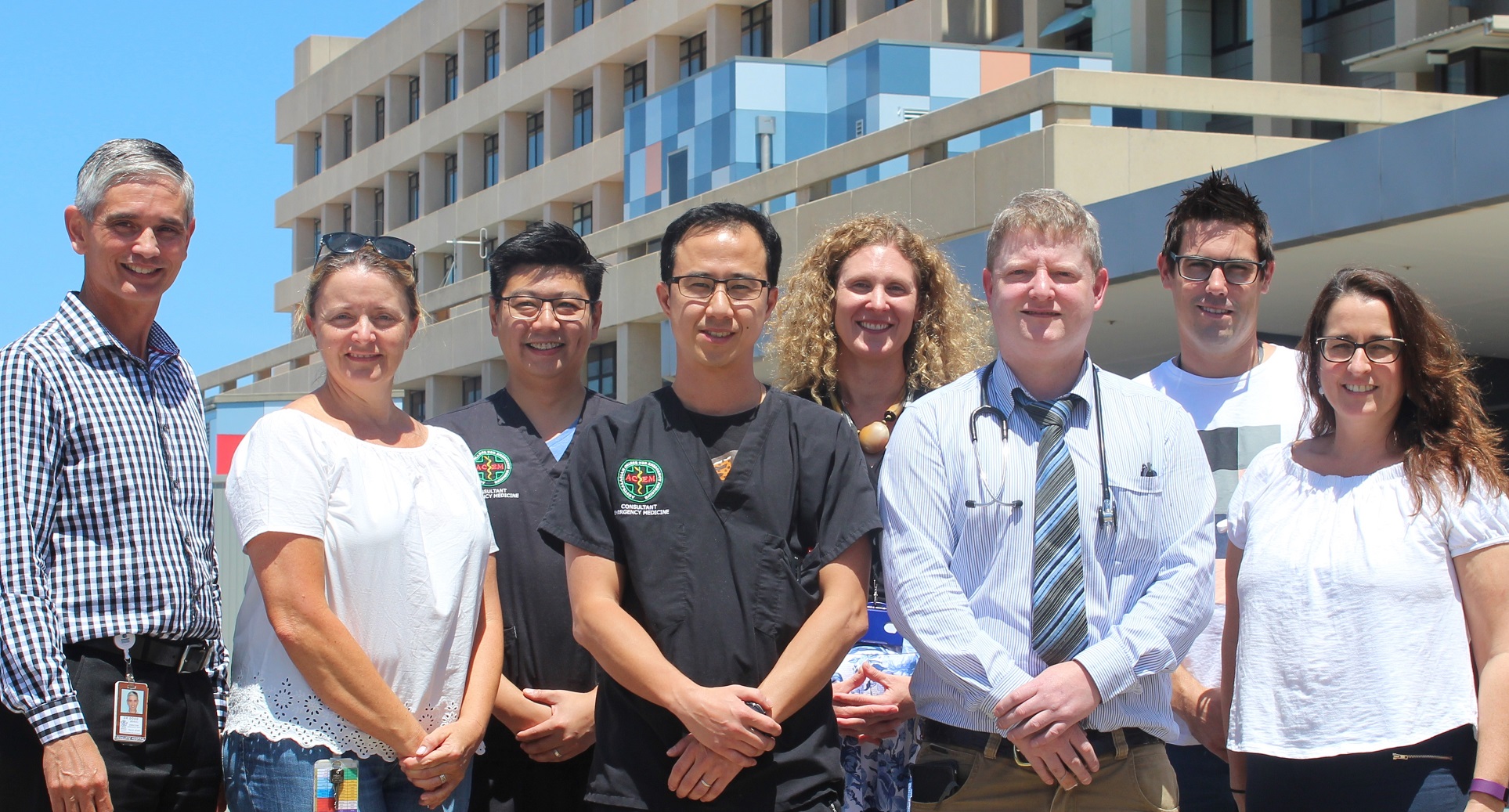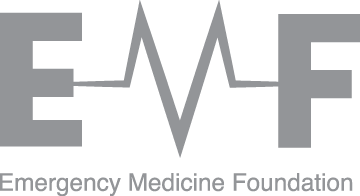
Diagnosing syncope
3 June 2019
Redcliffe Hospital Emergency Department clinicians are leading a new, Emergency Medicine Foundation funded study to improve the diagnosis of syncope in patients.
Syncope is the transient loss of consciousness caused by a temporary loss of blood flow to the brain with a broad range of causes, both benign and potentially life-threatening.
The condition is responsible for as many as 3% of all emergency department visits, but risk stratification of patients remains “challenging”, according to the authors of a study protocol published online in the Medical Journal of Australia.
“Rates of admission to hospital of patients with syncope vary between countries, but range between 30% and 70%,” wrote the authors, led by Dr Jason Chan, an emergency medicine staff specialist at Redcliffe Hospital in Queensland.
“The high rate of hospitalisation reflects the challenging nature of managing patients with syncope, especially when the initial assessment in the emergency department does not identify an obvious cause.”
“Most patients are admitted to hospital for 24 hours or less, with half of them being discharged without a definitive diagnosis, calling into question the utility of an admission. Nevertheless, 7–23% of patients experience an adverse event within 30 days of their initial presentation, half of these events after the patient has been discharged from the emergency,” Chan and colleagues wrote.
With current overcrowding in emergency departments and hospitals, “clinicians need to identify patients at high risk of adverse events requiring admission”.
“However, it is just as important to identify low risk patients who can safely be discharged from emergency department thereby avoiding unnecessary admissions to hospital.”
Chan and colleagues have designed their research to assess the utility and safety of the Canadian Syncope Risk Score, the newest clinical decision-making tool, which has not before been tested in the Australian setting.
Patients aged 18 years or more who present to the emergency department after syncope in the preceding 24 hours and have returned to their baseline state will be enrolled in the study. Patients will be contacted by telephone to determine whether they have experienced any adverse events within 30 days of their initial presentation to the emergency department. The CSRS will be applied retrospectively to determine the relationship between whether patients were admitted to hospital or discharged home and the reporting of serious adverse events for each CSRS risk level.
“We will also undertake a cost-effectiveness analysis from the health care perspective,” the authors wrote.
Once analysis of the results has been completed, they will be disseminated by Queensland Health in the second half of 2019.
The Emergency Medicine Foundation research grant was funded by Queensland Health.
Based on article first published by the Medical Journal of Australia; author: Cate Swannell, 26 May 2019
SHARE



